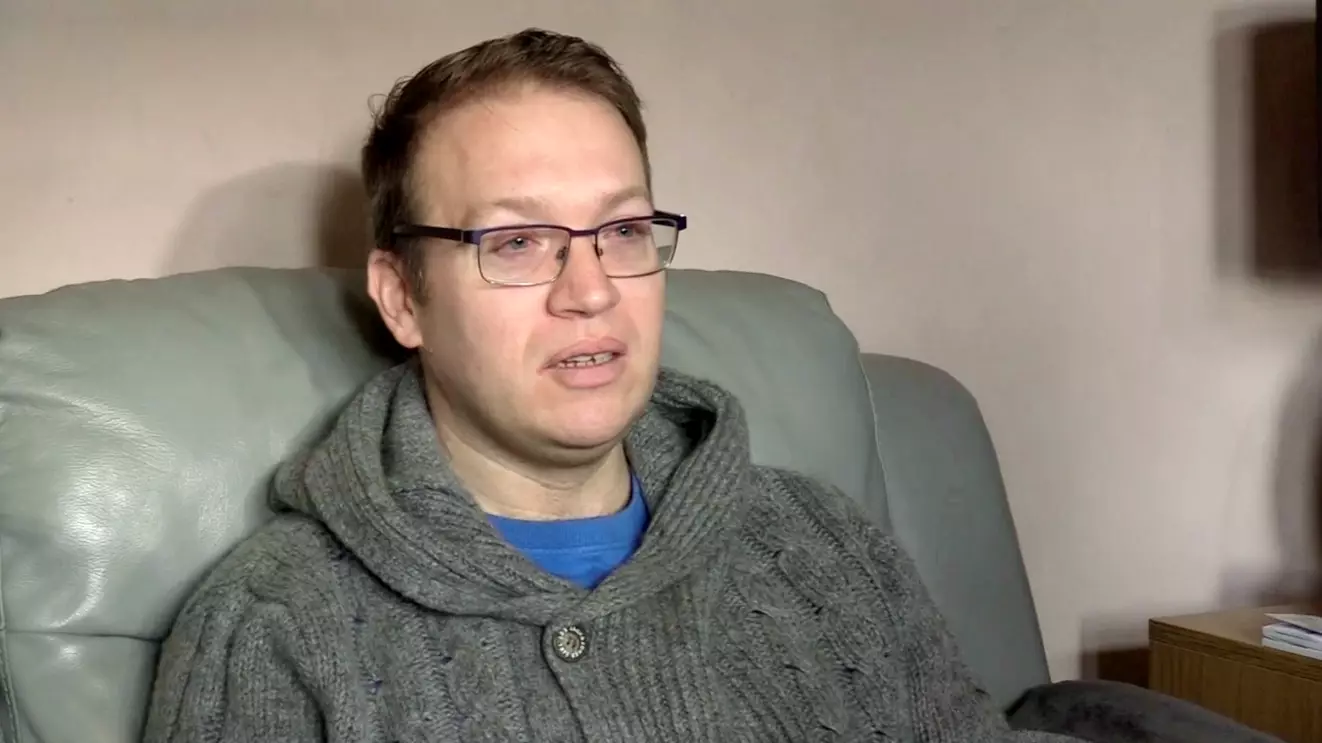
A 36-year-old bloke has unexpectedly developed a Scouse 'twang' while recovering from a coma.
Advert
Father-of-two Nick Lovell said he went to bed one night with a strange feeling in his feet, and by the following day he was on his hands and knees. Unable to move, he fell into a coma.
Nick had been struck by a severe brain condition almost four years ago, and was later diagnosed with two serious nervous system disorders: Bickerstaff Brainstem Encephalitis and Guillain-Barré syndrome.
The ex-services company worker was initially left paralysed head-to-toe, facing a long road to recovery that included requiring a tracheostomy so that he could breathe by a tube in his windpipe, inserted through his neck.
When he started recovering and getting his voice back, he unexpectedly developed a Liverpudlian 'twang', which was due to a weakened tongue and facial muscles.
Advert
Devoted Blackpool fan Nick said: "My tongue and vocal cords were paralysed and when I got my voice back, for some reason, I had a Scouse twang.
"I had Liverpool-supporting friends who bought me a mug saying, 'Liverpool's No.1 fan'."

Six months into his stay at Blackpool Victoria, Nick was transferred to Royal Preston Hospital for rehabilitation and was seen by a respiratory team - who had made it their mission to take out tracheostomies the moment patients could cope without them.
Advert
Now, Lancashire Teaching Hospitals NHS Foundation Trust is spearheading a campaign across the county to remove any tracheostomiesthat have been left in place for longer than required, with medics trying to track down patients from Lancashire and South Cumbria who might benefit from the procedure.
Nick continued: "Early on, I was told that I wouldn't get down to rehabilitation if I'd had the tracheostomy in - so, for me, I had to get it out as soon as possible.
"There is a non-invasive, portable machine available which can be used as and when you need it.
Advert
"You can always have it with you, but you don't have to carry round a ventilator, suction and all that goes with a tracheostomy - it just allowed me to take the next step of freedom."
Usually tracheostomies are inserted when someone has suffered a brain or spinal injury, or a medical episode like a stroke, which can leave them unable to breathe unaided.
Thankfully, removing the tracheostomies is a relatively straightforward procedure, but finding those in need of the removal isn't quite as simple.
Advert
Consultant physiotherapist Rachael Moses said: "In recent years, there have been more tracheostomies performed to help get people out of intensive care and onto the wards.
"Unfortunately, a lot of these patients are [then] discharged into specialist nursing or residential homes, with no [hospital] follow up.
"But the impact for that individual and their families is massive, particularly for younger patients who maybe have children they can't communicate with. And the other problems of not being able to talk or eat [lead to] a poor quality of life."
Rachael added: "As crazy as it sounds, we don't know where [all of] the patients are - some may have been discharged many years ago and are lost in the system."
Featured Image Credit: SWNSTopics: Liverpool, UK News, News, Interesting, Health